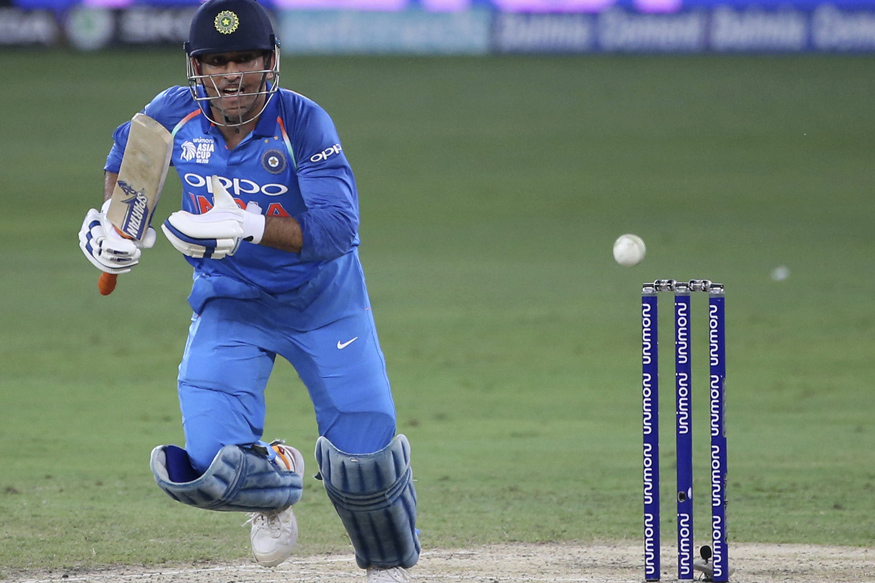
He came, He saw, He conquered.
Nothing better describes MS Dhoni’s conquests for India in one-day cricket for the most part of his career.
Dhoni is one of the greatest ODI batsmen to have played the game. He has scored 10,123 runs at a staggering average of 50.61 and a strike rate of 87.85. He is only one of five batsmen in the history of ODI cricket to average above 50 (min. 70 innings). He is the only one amongst them to aggregate above 10,000.
Stats prove that he is also arguably the best finisher ever in ODI cricket (though Kohli is gaining that reputation lately) – even better than Bevan. Dhoni could clear the boundary at will, the Aussie southpaw could not.
Dhoni is a colossus in ODI cricket. While his legacy will remain untouched there is no doubt that his batting numbers have dwindled in the last few years.
This fall has been quite apparent to any observer of the sport. He is not the same finisher, he does not have the same hitting prowess, his run-aggregate has fallen.
But how much have the numbers declined? Is the fall significant enough to look for replacements?
Let us dig deeper.
Dhoni had an exceptional run between the 2011 and 2015 World Cups. But the downfall started thereafter.
He has scored almost 8 runs per dismissal lower than his overall average post the 2015 WC Down Under. More problematic is his strike rate which has fallen by over 12 runs per hundred balls from Phase 2 to Phase 3 (refer to image above). Run-Rates and ODI totals have only gone upwards (courtesy T20 cricket) – keeping this in mind, Dhoni’s declining strike rate is a huge concern for India given that he bats at number 5-6.
Dhoni last scored a century (134) against England in Cuttack on the 19th of January, 2017. Since then, in 30 innings, he has scored 873 runs at an average of 45.94 (average boosted by 11 not outs). The consistency of his run-making has also gone down – as indicative by the frequency of his 30+ scores which has gone down to almost one every three innings.

